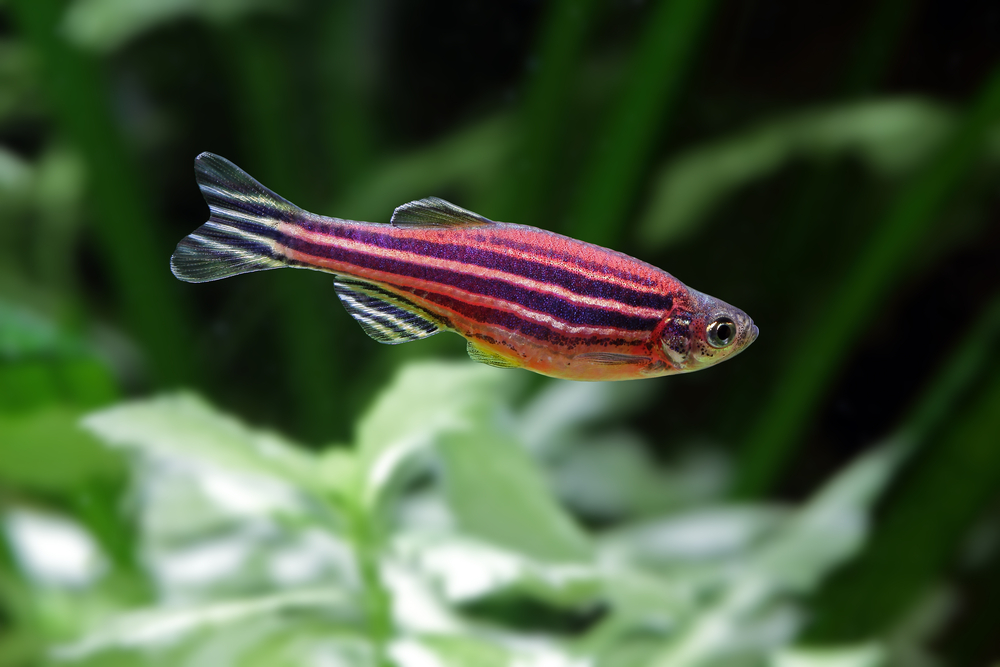Serotonin Role in Nerve Cell Repair Highlighted in Study

Researchers at the University of Edinburgh studied the effect of the hormone serotonin in the regeneration of motor neurons after spinal cord injury that may one day hold implications in amyotrophic lateral sclerosis (ALS), part of a large group of motor neuron diseases. The research paper, entitled “Serotonin Promotes Development and Regeneration of Spinal Motor Neurons in Zebrafish”, was published in Cell Reports.
Motor neuron diseases are characterized by the gradual degeneration and ultimately death of motor neurons, nerve cells in the brain and spinal cord, leading to loss of muscle control and voluntary movement. The underlying causes of these diseases are still under intense investigation, as are therapies for symptom relief and control.
The motor neurons of zebrafish, unlike mammals’ corresponding nerve cells, have the capacity for regeneration. This ability for self-regeneration after spinal cord injury makes this animal a good model for applied research in repair mechanisms, and perhaps one day for innovative therapies for neurodegeneration of nerve injury or impairment in people. Researchers have taken an interest in establishing the signals that drive neuronal regeneration in the spinal cords of zebrafish, identifying development signals, such as hedgehog, and hormone dopamine. In this study, scientists demonstrate that serotonin, a hormone known for its positive effects on mood, promotes spinal motor neuron embryonic development and motor neuron adult regeneration in zebrafish through signaling of stem cells present in the spinal cord. Furthermore, through a series of experiments, scientists demonstrated that serotonin-derived regeneration can also be reached by replacing the internally produced hormone with serotonin from an outside source.
Dr. Thomas Becker, of the University of Edinburgh’s Centre for Neuroregeneration and the Euan MacDonald Centre for Motor Neuron Disease Research, explained how these findings and fundamental research in general in these organism models can help the quest for effective therapies in humans. “Understanding how zebrafish are able to repair damaged nerves could one day help us to trigger similar mechanisms in human stem cells,” Dr. Becker said. “Our hope is that this may eventually lead to new treatments for conditions such as motor neuron disease, for which there is no cure.”






